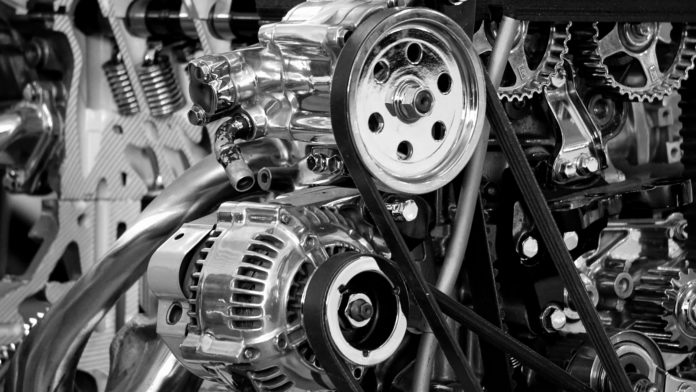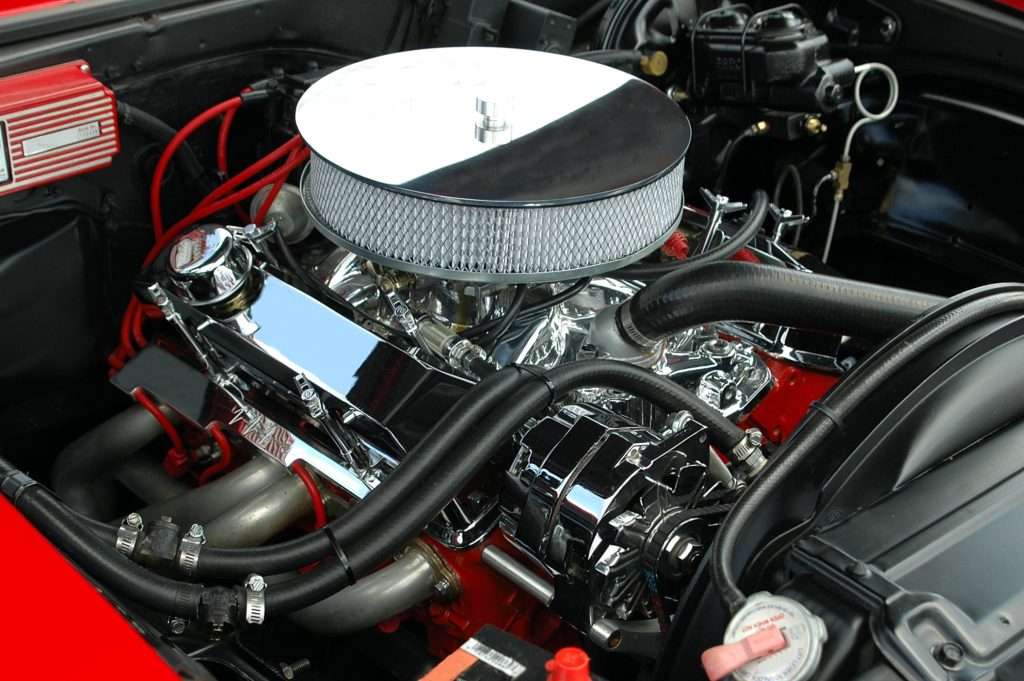
By Amy Corr
In the automotive industry there are really two options when it comes to replacement parts: Original equipment manufacturer (OEM) parts or Aftermarket parts. Many insurers and industry groups believe non-original equipment manufacturer (OEM) or after-market parts are the same quality as OEM parts, but are they truly of like kind and quality? That is the question.
Talk to an average consumer watching their wallet and they won’t see a problem using aftermarket parts. Pose the same question to a dealership and unsurprisingly the answer will be vastly different.
OEM parts are not only important for maintaining and achieving a car’s longevity, they also extend the life and profitability of your local car dealership.
There are clear pros and cons to each option: the cost is high for OEM parts and accessories, but if something goes wrong, you’re backed up by a manufacturer’s warranty. Aftermarket parts may cost less, but they might not fit your car perfectly, which could slightly affect performance.
Thanks to the Internet, there’s a happy medium of sorts where customers can buy OEM parts online at a cheaper price and have it shipped to their local dealership, independent mechanic — or their home for DIYers and car aficionados — for installment.
Many of these websites are owned by local dealerships and offers them a supplemental income. Let’s take a deeper dive into this OEM parts/dealership circle of life.
For many dealerships, it was around the year 2000 when creating a barebones website and selling OEM parts began. With anything new and unchartered, it was an educational experience with an ever-changing learning curve.
Tim Poliniak, Internet Part Sales Manager at Acura Of Peoria, AZ, runs OEMAcuraParts.com, an unbranded website, save for contact information on the bottom of the homepage— that sells genuine Acura parts and accessories. Poliniak joined the company in 2010, but his foray to selling OEM parts online began in 2000 with a basic site that steadily grew month by month.
“Our site is by and large unbranded so we can retain sales locally but sell to everyone,” he said, adding that “whether or not to use OEM parts is like asking a dentist if I should brush my teeth.”
Anthony Aveni, Parts Manager for Dan Perkins Subaru, tells a similar story. He runs the dealership’s unbranded site, SubaruPartsForYou.com. There’s no phone number listed, but if you look closely, you will find it’s CT address.
Aveni was hired by the dealership in 2000 and in addition to serving as Parts Manager, was tasked with starting an OEM parts and accessories site. He noted that the basic, drilled down site was up and running long before manufacturers began uploading their catalogs online.
“The site quickly took off. We were selling tune-up parts, new car accessories, air filters, and brake pads all over the U.S. Soon, we were selling $70k a month, and it became a business within a business.”
Things became interesting about 10 years ago, when Subaru put its catalog online and asked dealers to sign up. It essentially created an online competition of sorts between local dealerships.
“There are many cookie cutter sites that put catalogs online for customers to find parts to fix a broken mirror, for example,” continued Aveni. “When your options load, what dealership do you want to buy from? Rather than going in this direction, we stayed independent, continuing to work with third party catalog online and went a bit rogue. Online users don’t want to be pushed by corporations to buy from a specific place.”
 Who Buys OEM Parts?
Who Buys OEM Parts?
There’s a handful of categories to place a typical OEM buyer. It could be someone who recently bought a brand new car and wants to outfit it with accessories. You also have customers with an older car that might need a timing belt or brakes who prefer OEM parts to visiting their local auto parts store.. Then there’s your average driver who backs up and cracks a side mirror. They want to replace it properly but they also don’t want to overspend at their local dealership. Last, but not least: DIYers who can navigate under the hood of a car and enjoy the process of maintaining the longevity of their cars.
These unbranded OEM parts-selling websites help sustain local dealerships, even when customers choose to take OEM parts to their local, independent mechanic or fix things on their own.
It’s More Than Making A Sale
The online world goes offline for websites selling OEM parts. Oftentimes, people have questions and it’s the person-to-person connection between consumer and Parts Manager that can build and retain a customer’s repeat business online.
“One thing dealers tend to ignore when creating a parts website is having a quality individual answering the phone,” said Poliniak. “You have to get yourself out of the mindset of being a technician to being a mechanic.”
Close to half of his phone calls are advice-based, with potential customers inquiring about things like how often they should change the coolant in their cars or how to free rusted bolts.
“Don’t sell them what they don’t need and sell them everything they do need to get the job done,” continued Poliniak.
Poliniak’s prior sentiments are similar to Aveni’s; aside from selling singular parts, Aveni’s site also sells parts kits.
“Online, there are homemade kits we make at our dealership,” added Aveni. “We have clutch kits on our site that will give customers the parts they DO need to complete a job, but we also offer things they MIGHT need for the job.”
Unbranded Doesn’t Mean Undiscoverable
Despite SubaruPartsForYou’s lack of branding and phone number, some savvy, in-person customers soon pieced together the puzzle that the site was owned and operated by Dan Perkins Subaru. In essence, these customers serviced at the dealership wanted the online prices for parts.
When you think about it, the OEM parts and website feed a dealership’s service department. The site would bill the service department, making it a customer of the website side of business.
But can you blame consumers? If $50 brake pads cost $70 online and $90 at the dealership, the choice for purchase is obvious.
Aveni said they have been called out on this more than once. When it happens, he said that they will honor the online price once in the retail world. For future repairs or updates, he directs consumers to purchase the parts online and select the pick up option so consumers can still save money and continue to outfit their vehicle with OEM parts.
If a car is older, he can understand why someone wouldn’t want to use OEM parts. “It’s always about what your need is.”
How Do Online Customers Find Them?
SEO (search engine optimization) and SEM (search engine marketing), like Google AdWords, are a relatively easy and inexpensive way to drive customer traffic.
Poliniak added that a simple way to increase OEM accessory sales in retail is for the parts department to work with the sales department to outfit the vehicles in the showroom and to educate the consumer, in-person, how these accessories can extend the life of your car or simply make life easier and fulfill a bona fide use.
Aveni said the site, along with inside the dealership, sell a bevy of sensible items such as all-weather mats, cargo trays, and mud flaps to protect a car and keep it safe.
“Models change every five years so we need inventory for 2019, 2014, 2009,” said Aveni.
These days, Aveni notes the SubaruPartsForYou site brings in about $40k to $50k a month, which is not bad for a little dealership in CT.












